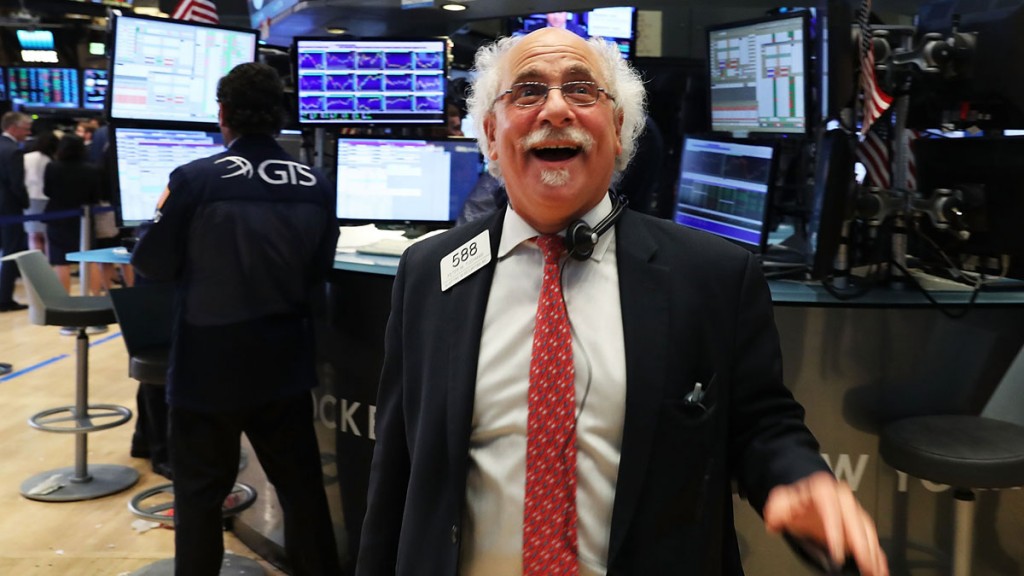
A military coup in Turkey. A banking crisis in Italy. Britain leaving the European Union, and Donald Trump closing in on the US presidency. In the last few months, the world has hardly been short on the type of shocks you might expect to send equity markets lower. And yet markets are hitting record highs in the US and are close to record highs in Britain as well. We are now in the second-longest bull market in history.
The 2009-2016 rally has now overtaken the 1949-1956 bull run, and apparently without any of the froth, exuberance or excitement that typically accompanies the latter stages of a major rally. So what would it take for it to beat the epic 1987-2000 rally to become the longest bull market of all time?
First, we need to see a sustained upturn in corporate profits, which have been flat for the past year. There’s little sign of companies making more money, and they may well have squeezed all the gains they can from cutting staff. We may need to see a sustained pick up in demand, especially in the beleaguered eurozone, for profits to improve significantly. But if that does happen, it would give equities some fresh impetus.
Second, we need an uptick in global trade. Trade has stagnated for a year now. The amount of stuff going fromplace to place, which has been rising strongly for the last 20 years, has hit a brick wall. One reason for that is the decline in commodity prices. Another might be that more firms are making things closer to home, or that most of the real growth is in digital products that don’t show up in the trade data. Even so, it’s hard to see how the global economy can grow more strongly without goods flowing around the world again.
Thirdly, we need to see a successful normalisation of interest rates. Thisrally has largely been fuelled by central banks – from the US to Japan to Europe – pumping out lots of cheap money. A lot of that extra cash has found its way into equities. For the rally to be sustained, however, the taps have to be turned off at some time. Cheap money alone can’t keep equities rising forever. If the methadone can be gradually withdrawn without a crash, investors will start to believe in a genuine recovery. The result could be that markets would soar.
Finally, we would need to see a surge of technological innovation, or geopolitical optimism. A real bull market needs a new technology or trend to get people excited. The early stages of the 1990s bull market had the fall of communism and the latter stages had the dotcom boom. There were genuine grounds for thinking the future looked brighter than the past. That is not true today – not yet.
Apple looks to have peaked, and even Amazon can’t keep growing forever. Yet it is not impossible that a fresh wave of innovation could get pulses racing again. Robotics has the potential to transform productivity and create a wave of new consumer products – I will be first in line for that robot-driven lawnmower, for example. That would boost markets.
Amid so many global problems, from huge debts to slow growth to the return of protectionism, it seems unlikely we can match the 1990s bull market. To get close, equities would have to rise until 2022/2023. Then again, seven years ago it would have seemed implausible that this rally could turn into the second-longest in history – yet it has. Don’t rule out the possibility that it could become the longest rally ever.